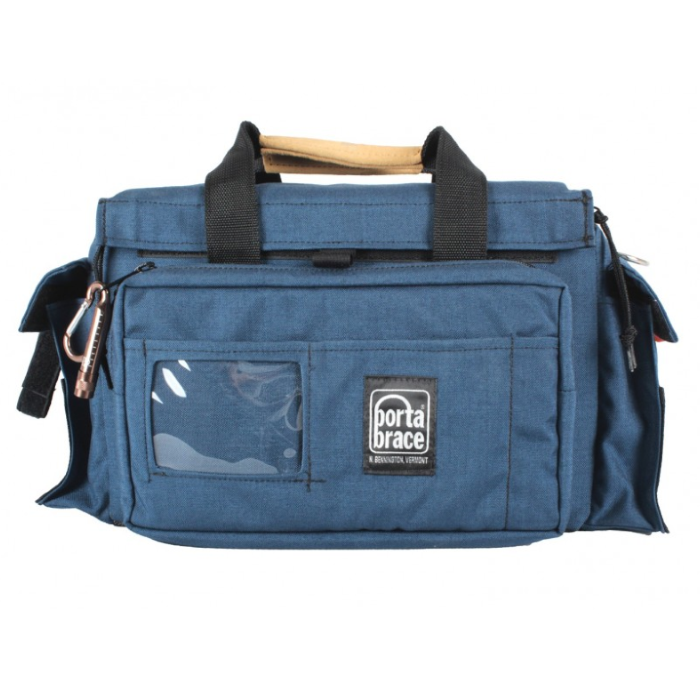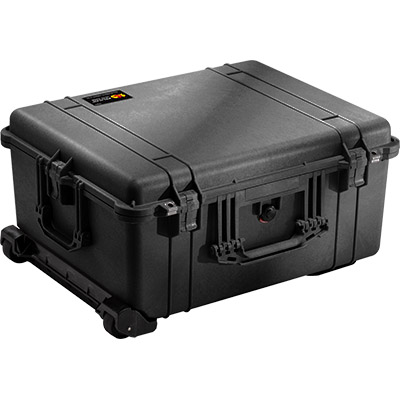Transportation, Maintenance and Support¶
First Run¶
To ensure that the newly set Ray scans correctly, perform a test scan:
Choose a room for scan (see Preparation).
Select the Texture checkbox (see Tweak Settings).
Click Scan.
Choose a room for scan (see Preparation).
Tap the Texture toggle to activate texture capture (see Tweak Settings).
Tap Scan.
Choose a room for scan (see Preparation).
Tap the Texture toggle to activate texture capture (see Tweak Settings).
Tap Scan.
Once the scan is ready, examine it for the presence of
Mismatches between texture and geometry data
Geometry breakages (“stitching lines”)
If you notice any of the above issues in the scanned data, ask for support.

Figure 28 Geometry breakage.¶
Contacting Support¶
Locating Serial Number¶
To determine the serial number of your Ray scanner, refer to the plate located on the rear side or use my.artec3d:
Open my.artec3d.
Access the Scanner section.
Locate your Ray scanner in the list.
Care¶
Caution
Never touch the scanner mirror with your fingers.
Maintenance¶
About Temporary Folder¶
When you perform scanning, Artec Studio creates a temporary folder to store data from Ray. Once the scan is finished, the application will clear these temporary scans and import the relevant data into Workspace. The folder is located here:
C:\Users\1\AppData\Roaming\Artec\Artec Studio Ray Service\2\3,
where the digits mean
Windows user
Artec Studio version
Scan name
Tip
In a few cases, Artec Studio may be forcibly shut down. To ensure that no unneeded files take up disk space, clear up the temporary folder.
Transportation¶
You may need to transport your Ray. Here are basic tips for you to consider.
Carry-on Baggage¶
Soft bag is suitable for most aircraft cabin overhead bin storage. You need to check before the flight with your airline to ensure that your specific flight restrictions do not prevent storing the case with the scanner in overhead bin.
Warning
Don’t forget to take the battery out of the scanner.

Figure 29 Soft bag for Ray.¶
Interior dimensions (LxWxH) |
13.25 x 6.5 x 8.0” (33.66 x 16.51 x 20.32 cm) |
Soft bag with Ray inside, weight |
~17 lb (7.5 kg) |
Checked Baggage or Cargo Shipping¶
Hard case with custom foam lined interior is suitable for courier transportation or aircraft cargo (baggage) of your Ray.
Caution
Never use a carry-on case to ship Ray and never check it in the aircraft baggage hold as it may result in scanner damage. Take additional measures to protect the instrument from damaging (see an example of packaging in Figure 31).

Figure 30 Hard case for Ray.¶
We recommend to take the battery out of the scanner during transportation. However, note that commercial airlines forbid to pack lithium-ion batteries in the checked baggage. See Batteries for details.

Figure 31 Soft bag and additional protection packaging.¶
Batteries¶
Artec Ray uses Inspired Energy ND2054 lithium-ion digital battery.
According to IATA regulations, spare batteries aren’t allowed in checked baggage. Regulations require batteries to be attached to equipment that has independent means of preventing unintentional activation. Artec Ray does not have this provision.
Important
In checked baggage, Ray batteries can be shipped neither installed into the scanner, nor separately!
Caution
Do not ship the battery if the case is damaged or broken.
For details regarding other cargo services, consult Inspired Energy Guidelines for Shipping.
